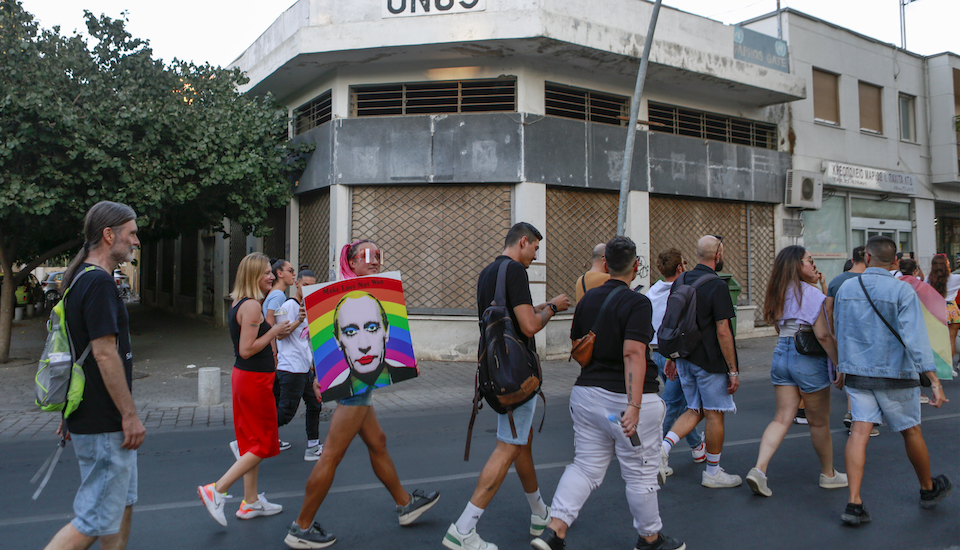As the Carnegie UK Trust launches a new competition, Jenny Brotchie argues that the evidence for the positive impact of a high quality built environment on our wellbeing is clear and that people and good design must be central to regeneration efforts.
Earlier this month I visited the Lighthouse in Glasgow. I was at this hub of good design, which promotes the impact of design and architecture on our everyday lives, for the launch of the Glasgow Centre for Population Health’s report on resilience and public health.
The report examines the characteristics that give some communities and individuals the ability to ‘bounce-back’ and adapt successfully to external shocks and challenges. It argues that so-called ‘resilient communities’, are best placed to respond to the big economic, demographic and environmental challenges of our time.
Furthermore, it identifies strategic opportunities to embed and support the characteristics of resilient communities. One key area for action is on infrastructure. The report argues that in order to build resilience, communities need access to good quality physical infrastructure, including green spaces and community areas, where people can ‘bind and connect’, and that ‘enhance opportunities for social activity and enable people to improve the quality of their lives’.
This is not the only recent report to touch on the importance of our local built environment to community and individual wellbeing. RIBA (the Royal Institute of British Architects) recently published 'City Health Check: How design can save lives and money'. The report describes the correlation between three health indicators (physical activity, diabetes and childhood obesity) and access to green space and housing density in nine of England’s most populous cities. RIBA found that the healthiest local authorities in each of these cities had the most green space and lowest density housing when compared with the worst performing local authorities. When local residents were asked what changes would help them walk or cycle more often they identified safe and attractive streets, pathways and green space as being most important.
We have known about this link between the quality of our built environment and our individual and community wellbeing for some time. Indeed, both Glasgow Centre for Population Health and RIBA cite the findings of 'Fair Society, Healthy Lives: the Marmot Review'. The Marmot Review found clear evidence that the availability of green space, good quality housing, places for children to play, walking corridors and air and water quality has an impact on health.
Yet we also know that there is a strong social and economic gradient when it comes to the quality of our local environment (including from the Carnegie UK Trust’s own research on Environmental Incivilities). Those that live in the poorest quality local environments are also often the worst off economically and socially. This led Professor Sir Michael Marmot to state that: "creating a physical environment in which people can live healthier lives with a greater sense of well-being is a hugely significant factor in reducing health inequalities". He notes that a healthy physical environment is often the most environmentally sustainable.
So where does this leave us? Traditional approaches to regeneration that focus too heavily on physical regeneration of the built environment have been rightly criticised for focussing too little on the people living in these areas. Yet it remains clear that the quality of our physical environment is a critical factor in creating strong and healthy communities.
We think the answer lies in putting local communities at the helm of physical regeneration. The Church of Scotland’s 'Chance to Thrive' programme is a good example of just this approach and may provide some useful insights. The aim is to improve the wellbeing of eight communities in the poorest areas of Scotland. While physical regeneration of the church buildings are an important component of the programme, the focus is initially on developing first the ‘life’ (by supporting community members to develop skills and confidence), then the ‘space’, (by supporting communities to develop public spaces that they feel they belong to) and finally the ‘buildings’ (by supporting communities to develop church buildings as community resources). In the 'Chance to Thrive' physical regeneration is both the ends and the means.
The RSA’s own Connected Communities action research programme is another example. The logic of this approach, outlined in the 'Connected Communities' report, makes the case for the importance of social networks: the connections that individuals have to friends, family, the third sector and businesses in their community. It is the strength of our social networks, the authors argue, that help us respond to new challenges, combat isolation and loneliness and allow us to develop a sense of belonging within our local community. Understanding existing social networks, the role that physical community spaces, such as community gardens, pubs or even the local supermarket, play in facilitating these networks and their impact on individual and community wellbeing should be the starting point for any neighbourhood regeneration efforts.
We can also turn to Danish architect Jan Gehl for inspiration about the role that architecture and good design might play. Gehl argues that “good architecture must love people” and that to create lively, safe, sustainable and healthy communities we need to design on the human scale and properly invite people to walk and cycle in the our towns and cities.
Last week the Carnegie UK Trust launched our competition the Carnegie Prize for Design and Wellbeing. The Prize celebrates community led initiatives that have transformed a local public space to support improved health, community cohesion, an increased sense of belonging and/ or opportunities for community enterprise and regeneration to improve a public space.
It is our hope that some of the stories that emerge will inspire architects, planners, communities and regeneration practitioners and those involved in community development to act on the evidence and create more public spaces that ‘love people’.
Jenny Brotchie is a Policy Officer at the Carnegie UK Trust, leading on the Carnegie Prize for Design and Wellbeing. You can follow her on twitter @Jenny_Carnegie and email at [email protected]. The Carnegie Prize for Design and Wellbeing draws together the Carnegie UK Trust’s thinking on the importance of good quality design and quality local environments with their interest in community leadership and the future of towns. The four winning community projects from Scotland and Northern Ireland will each receive a share of £11,000 prize money. Find out more.
Related articles
-
Worlds apart
Frank Gaffikin
We are at an inflexion point as a species with an increasing need for collaborative responses to the global crises we face.
-
Why aren't consumer durables durable?
Moray MacPhail
A tale of two toasters demonstrates the trade-offs that need to be considered when we're thinking about the long-term costs of how and what we consume.
-
You talked, we listened
Mike Thatcher
The RSA responds to feedback on the Journal from over 2,000 Fellows who completed a recent reader survey.



Be the first to write a comment
Comments
Please login to post a comment or reply
Don't have an account? Click here to register.